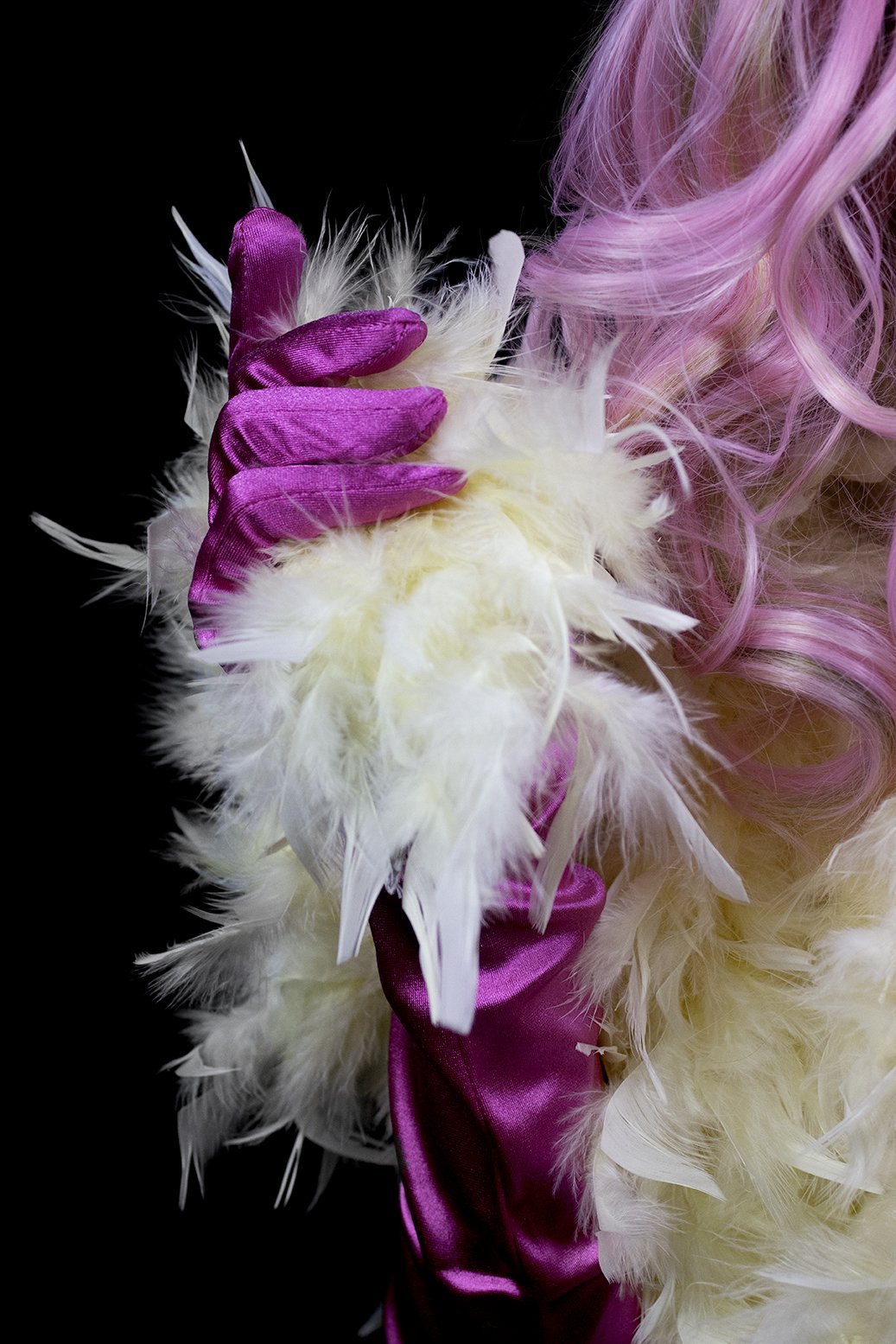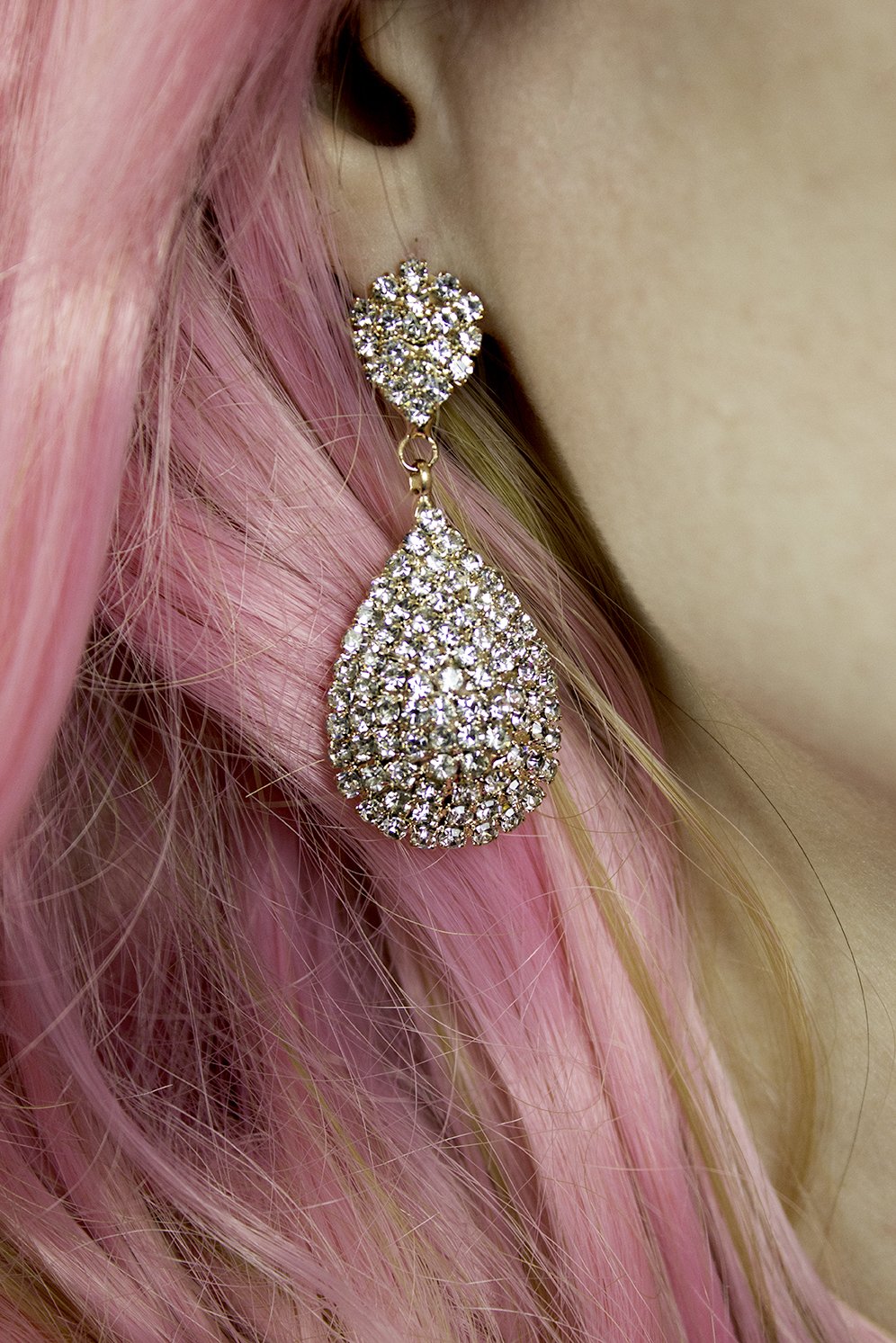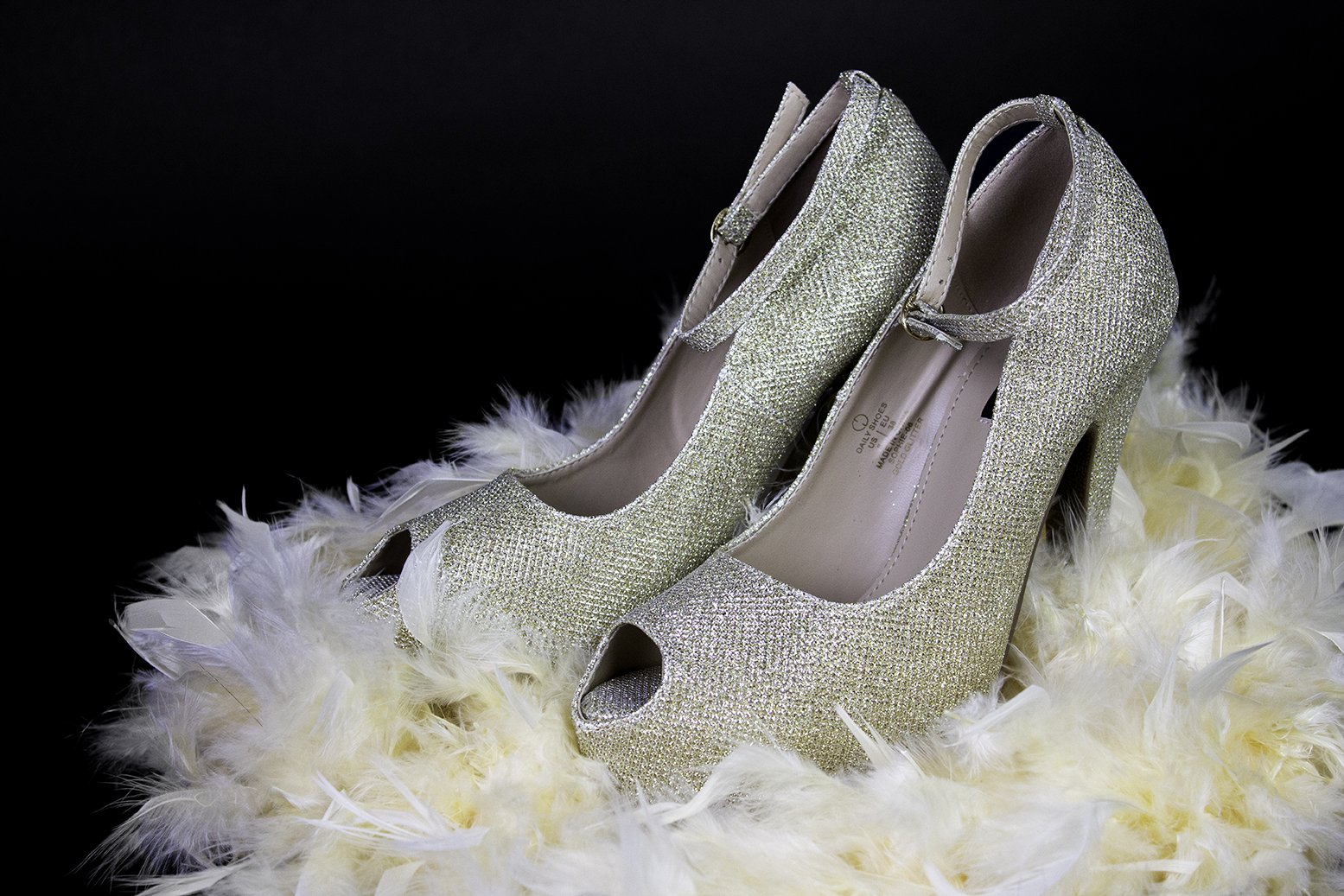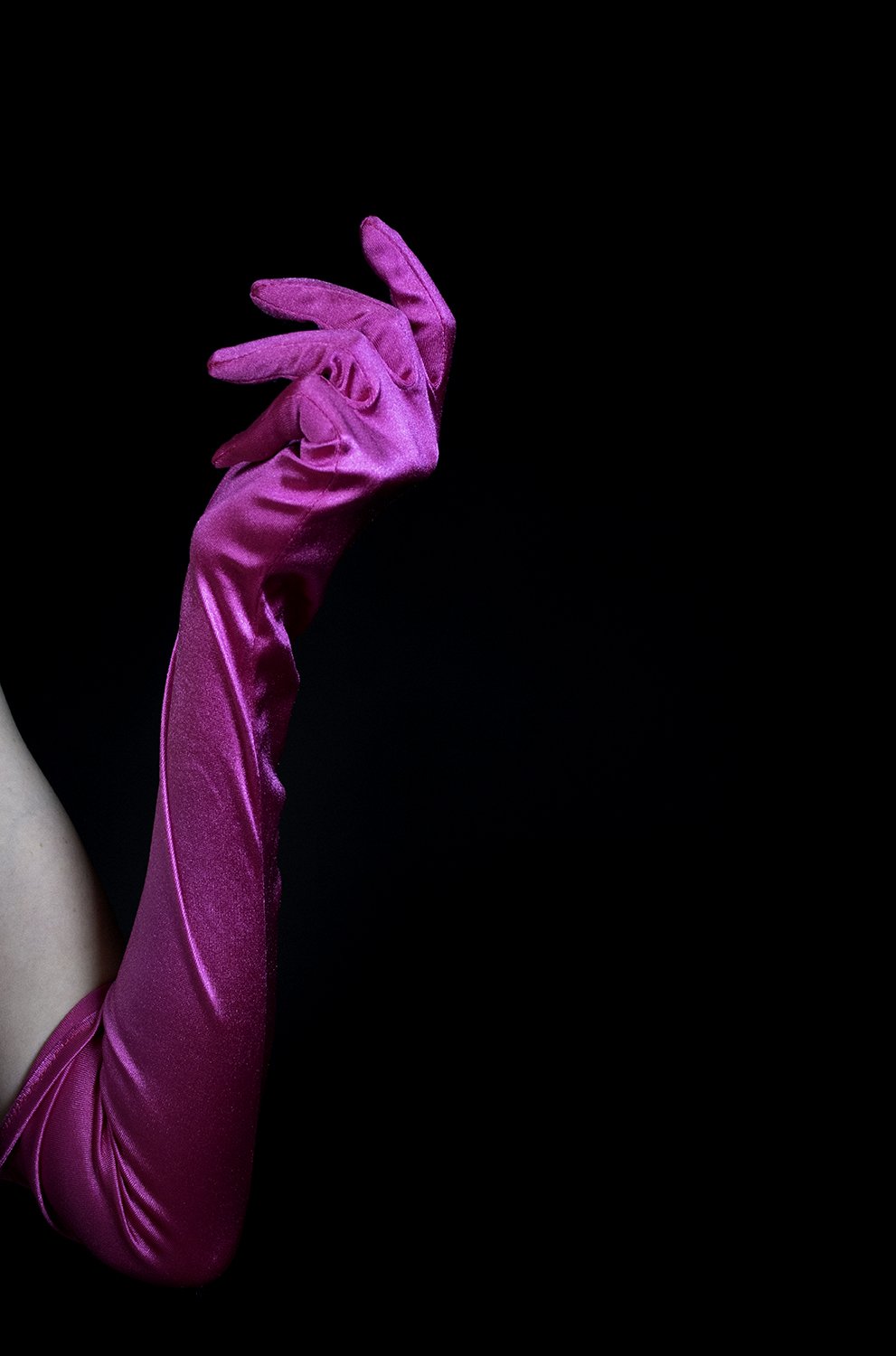Drag: From Taboo to a Household Word
Story by Paije Maas | Photos by Kassandra Eller | Design by Katie Jo Stewart
Wide mirrors line the walls of the dressing room. Only the highest quality lighting is acceptable to help the acrylic tipped nails create what has yet to be seen. Powder dusts the air as specks of glitter are pressed to cheekbones. One last spritz and shine - hold onto your hats, honey, because it is showtime!
Drag shows have been captivating audiences of all genders, races and sexual orientations for years. The confidence and the energy each King and Queen brings to the stage leaves us with a piece of it ourselves.
History of Drag
The Shakespearean Years
When most people hear the word “drag,” or “drag show,” their mind goes directly towards “RuPaul’s Drag Race.” Now, while this is an amazing representation of present-day drag, the idea of drag has been around since the dawn of humanity. All Shakespearean roles were played by men, even the female roles. During the Elizabethan era, women were not allowed in the theatre world.
Underground Drag Ball Scene - the 1920s
New York City is known as the birthplace of drag, especially when it came to the underground ball scene during the Harlem Renaissance. “Striking a Pose: A History of House Balls,”an article by the Council of Fashion Designers of America, explains that these drag ball scenes during the Harlem Renaissance were considered “taboo and illegal.” These balls were a chance for the LGBTQ community, and even the straight community, to come together in celebration within a no-judgment zone.
Drag Queen: Aquasha DeLusty
Aquasha DeLusty, originally from Ellensburg, Washington now resides in Idaho and is a fierce queen with both “sass and ass.” She has been doing drag for over 18 years, before it became part of mainstream media and before it was 100% accepted.
“It was underground and the audience was there because they were told about it,” DeLusty says.
She mentions that when she first created her “drag look” it felt like survival, walking out of the club and on the streets. Before “RuPaul’s Drag Race” was brought to the screens, the attention that the queens, kings and non-binary performers received was anything but positive.
She states that coming from a small town, she felt that the submissiveness and the “effeminate way I held myself was not that of a Godly man.”
Once she moved to Oregon and found a local queer club with a drag show, she felt the warmth from the other drag queens heal her heart.
“To say rhinestones and high heels saved my life, is an understatement,” DeLusty says. “Drag has and will forever be at the forefront of promoting love and acceptance and the betterment of society.”
Drag Queen: Faye
Faye has been participating in drag since 2017. She drew inspiration from attending various drag shows, and her first show was actually a small, college dorm show for her friends. Now five years later, she is traveling and participating in numerous shows of her own in Idaho.
Her name is uniquely crafted from an old slur used against men in the 50s. In French it means fairy. “I essentially named myself Faye to take back the beauty of what the true word means and to wear it as a badge of honor for everyone that is affected,” she says.
Faye is a fan of hyper-femininity, androgyny and fashion.
Hyper-femininity is often characterized as the girly girl, the exaggeration of feminine qualities leaving behind very little masculine qualities.
Androgyny is a combination of masculine and feminine characteristics into an ambiguous form.
She can often be seen rocking a bold liner and a pop of color on her lids while sporting a beautifully stitched blazer with red gloves.
The Importance of Drag
Drag is the “welcome wagon to the LGBTQIA community,” DeLusty says. The main theme is acceptance and love and the queens, kings and all performers make it their goal to spread nothing but positivity.
“Drag is so important to me because it allowed me to show and express the true creativity that I hold within myself. It allows me to explore the world that I don’t think I would’ve necessarily seen if I didn’t do this,” Faye says.
Drag now being as mainstream as it is, is allowing for those who felt like they could not share their authentic selves with the world to blossom.
The question now becomes, are we heading into a more accepting world?
Acceptance: Has it changed?
“We will, unfortunately, have extreme opposition as those individuals root themselves in fear. I do feel acceptance and celebrating drag is happening more and more,” DeLusty says.
She says that she has gone from working underground in 21+ venues to now participating in story time with children.
DeLusty feels that the more individuals someone has to look up to, the less alone they will feel.
Faye also feels that the acceptance for drag culture is improving, but as with everything in life, there is always room for more.
“People nowadays are only seeing drag queens when there are so many other types of drag performers. There are drag kings, non-binary performers and the list continues,” she says. “I also want to see more appreciation and more shows with queens and kings and performers of color, non-binary and trans performers.”
Drag Queen Story Hour
In 2015, Michelle Tea and RADAR Productions created Drag Queen Story Hour. It began simply as numerous drag queens reading stories to young children in libraries but now it has expanded greatly.
Their mission is as follows, “Drag Queen Story Hour celebrates reading through the glamorous art of drag. Our chapter network creates diverse, accessible, and culturally inclusive family programming where kids can express their authentic selves and become bright lights of change in their communities.”
The benefit of Drag Queen Story Hour is that it invites children to ask questions and learn about the differences in people, but in a respectable way.
While many may assume that too many differences in one room will confuse or be too much for the child, it has actually opened the children’s eyes to the many kinds of people that we are surrounded by. It also shows them how to respect one another and embrace their own differences.
So, while the world may seem dim and dark at times, if you ever need a sprinkle of light and hope, think about attending a drag show.
Leave all of your worries, responsibilities and heartache at the door and immerse yourself in all things drag.
Outside sources







